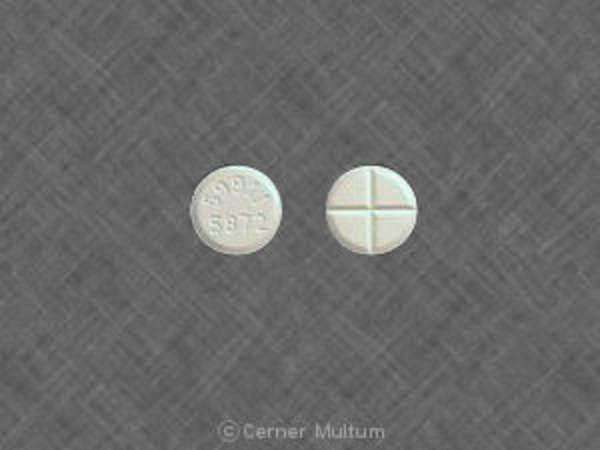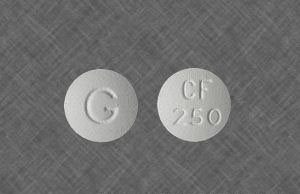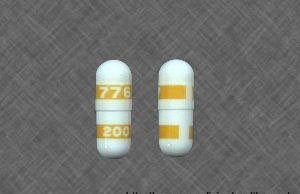
What is Promethazine?
Promethazine is a type of antihistamine. Belonging to the phenothiazine family, Promethazine yields anti-motion sickness, anticholinergic and antiemetic effects. Moreover, Promethazine is used as a sedative and in some countries, is prescribed to combat insomnia. Promethazine is available over the counter in Australia, Switzerland and the United Kingdom; it is only procured via prescription in the United States. Common brand names of Promethazine are: Fargan, Granesse, Avomine, Romergan, Promethagan, Phenergan, Prothiazine, Atosil, and Sominex in the United Kingdom.
Promethazine is effective because it alters the actions of chemicals in the brain. Promethazine also acts as an antihistamine; the drug blocks the naturally-occurring effects of histamine in the body. As a result of these effects, Promethazine is used to combat allergy symptoms, such as runny nose, itching, watery or itchy eyes, hives, itchy skin rashes and sneezing. Moreover, Promethazine also prevents motion sickness and combats nausea and vomiting or soreness following surgical procedures. Promethazine should not be administered to treat symptoms associated with pneumonia, asthma or any other lower respiratory tract infection.
Side Effects Associated with Promethazine:
Common side effects of Promethazine include:
• Confusion (mostly observed in elderly patients)
• Chest Pressure/Discomfort (typically observed when patient is already taking medication to treat high blood pressure)
• Parasethisia (tingling, burning, prickling or numbing sensations)
• Euphoria (this side effect of Promethazine is extremely rare; it is often observed with high doses or in co-administration with CNS depressants/opioids
• Constipation
• Respiratory depression (often observed in patients under the age of 2 and for those patients with severely compromised pulmonary functions)
• Fatigue, vertigo (rare), drowsiness and dizziness
• Dry mouth
• Irritability/Short Temper
• Extreme side effects of Promethazine include: Neuroleptic malignant syndrome and seizures
Because of Promethazine’s potential for more severe side effects, the drug is placed on the list to avoid for elderly patients. In several countries, Promethazine is contra-indicated in patients who are under the age of 2 years old. Promethazine is not recommended for children between the ages of 2 and 6 because of its propensity to cause sleep apnea and respiratory depression.
You must immediately stop using Promethazine—and contact your doctor—if you experience twitching or uncontrollable movement of your tongue, face, lips, arms, legs or eyes. These symptoms could be early signs of severe side effects. Promethazine should never be administered to children under the age of 2 years old. Patients taking Promethazine must avoid drinking alcohol; the combination of Promethazine and alcohol can increase some of the above side effects. If you are taking any other medication with Promethazine you must tell your doctor. This includes minerals, vitamins, herbal products and any drug prescribed by another doctor.
Before taking Promethazine, you must inform your doctor regarding the presence of any of the following medical conditions:
• History of seizures
• Glaucoma
• Adrenal Gland Tumor
• Enlarged prostate or difficult urinating
• Low levels of calcium in your blood
• Bone marrow depression
• Sleep Apnea
• Severe asthma, chronic obstructive pulmonary disease or other types of breathing problems
• Kidney or liver disease
• Stomach ulcers or digestive obstructions
If you have a history of any of the above conditions you must inform your doctor to undertake a dose adjustment of Promethazine.
The effects of Promethazine on unborn babies are currently unknown. Regardless, you must inform your doctor if you are pregnant or plan to become pregnant during the administration of Promethazine.
How do I take Promethazine?
You must take Promethazine exactly how it is prescribed by your doctor. Never waver from your doctor’s prescription; do not take Promethazine in larger amounts or for extended periods of time. You must follow the directions on the prescription. Promethazine may be taken with or without food. You should store Promethazine at room temperature and away from heat, light and moisture.
What to Avoid when taking Promethazine?
Promethazine may cause severe side effects that can ultimately impair your reactions or thinking. Please be careful when driving or doing anything that requires you to be alert. Avoid getting up too quickly from sitting or lying positions. Also, avoid drinking alcohol and extended exposure to sunlight or tanning beds when on Promethazine. You should tell your doctor if you are using any of the following drugs/medicines when on Promethazine:
• Lithium
• Any type of blood pressure medication such as guanethidine, propranolol, guanethidine etc.
• Blood thinners
• Urinary or bladder medications, such as oxybutynin, solifenacin, etc.
• Any medicine used to combat Parkinson’s diseases, including pituitary gland tumors, restless leg syndrome etc.
• Any medicine administered to treat irritable bowel syndrome or stomach ulcers
These are just a few examples of medicines that can counteract or negatively affect the administration of Promethazine. To be safe, you should tell your doctor about all of your over-the-counter and prescription medications, minerals, herbal products, vitamins and any other drugs prescribed by other doctors. It is strongly advised that you do not start new medications without informing your doctor.
Legal Issues Associated with Promethazine:
In 2009, the United States Supreme Court ruled on a product liability case involving Promethazine. The case revolved around Diana Levine, a woman suffering from migraine headaches, who was administered Promethazine via an IV. Promethazine was injected improperly resulting in gangrene. Because of the faulty administration—and the subsequent gangrene—Levine’s right forearm was amputated. A state jury awarded Mrs. Levine $6 million in punitive damages.
Levine’s case was appealed to the United Supreme Court on the grounds of substantive due process and federal preemption. The United States Supreme Court upheld the original ruling rendered by the state court, stating that the drug’s manufacturer (Wyeth Corporation) could have added a stronger warning concerning the IV administration without violating federal law. In essence, the United States Supreme Court ruling means that the drug manufacturers can be held liable for injuries or the development of medical conditions if warnings regarding potential adverse effects are deemed inefficient by the lower courts.
On September 9th of 2009, the United States Food and Drug Administration rendered a decision that a black box warning for injection of Promethazine must be placed on the drug’s packaging. The warning must state the contraindication for subcutaneous application or administration. Additionally, the warning must state that the preferred method of administration for Promethazine is intramuscular; this form of administration reduces the risk of tissue and surrounding muscle damage.


























